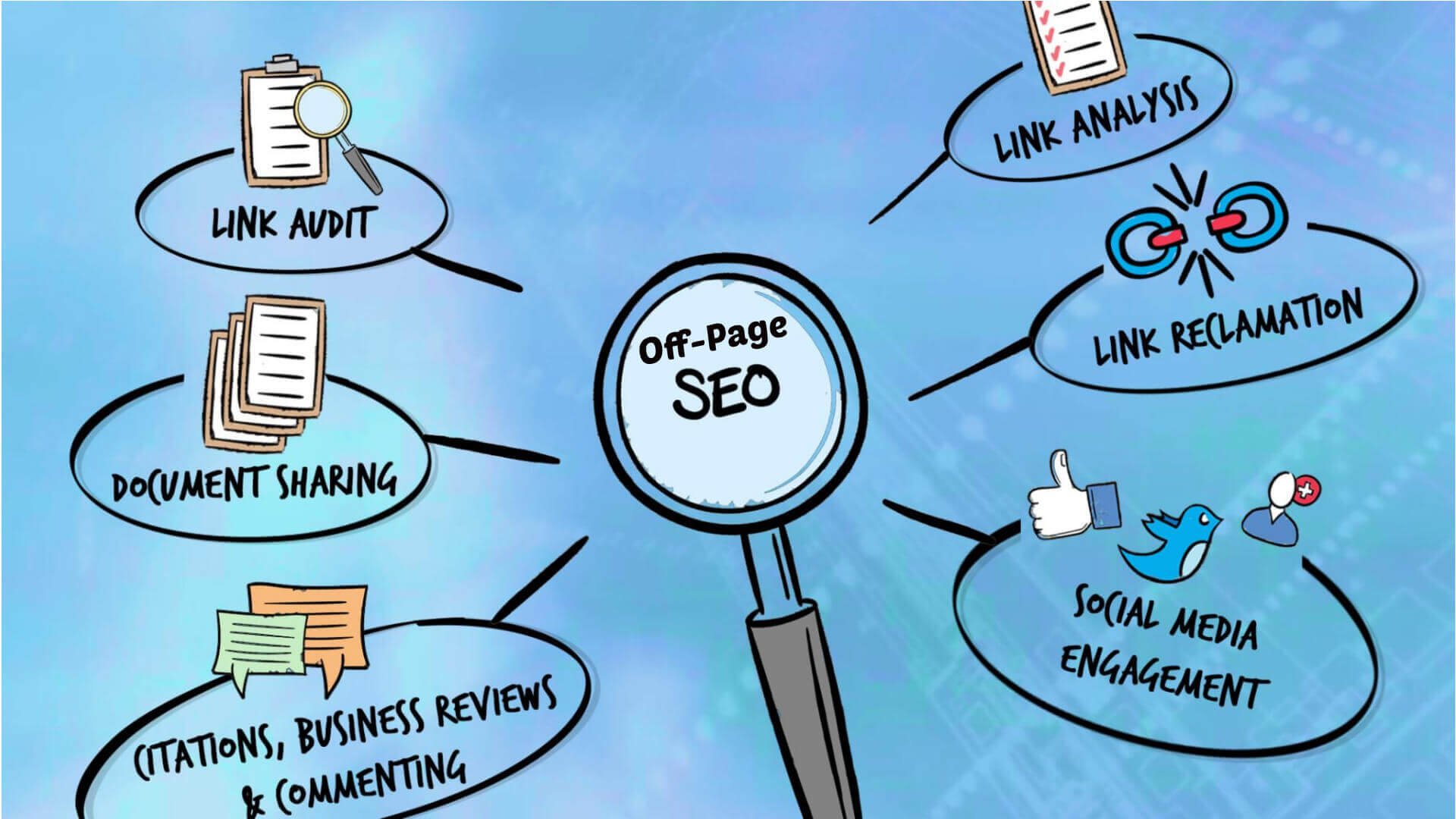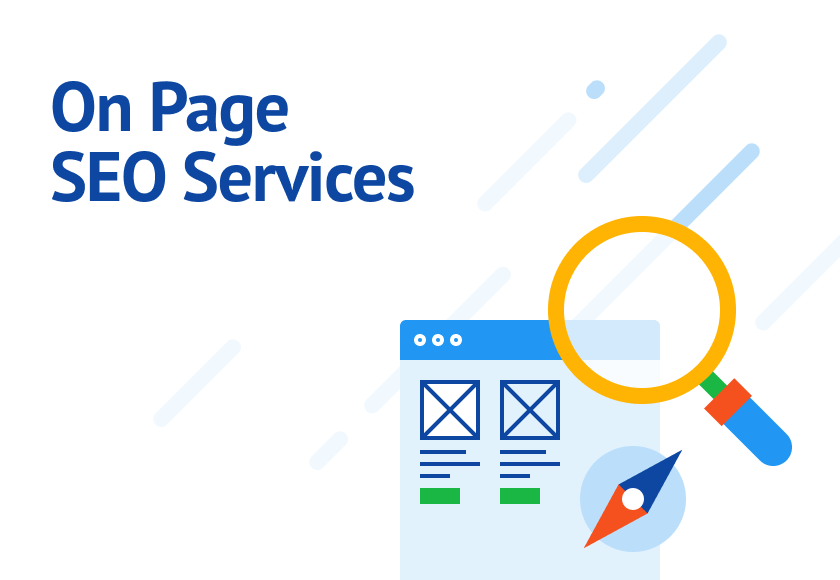You can enhance your website’s visibility by 200-300% with a well-planned on-page content strategy. Start by optimizing your content with relevant keywords, crafting compelling title tags and meta descriptions that entice clicks. Structure your pages for readability with clear headings, concise paragraphs, and engaging visuals.
Enhance the user experience with high-quality images, informative videos, and interactive elements. Leverage internal and external links to improve navigation and credibility. Additionally, prioritize responsive design, optimize site performance and speed, and use schema markup for rich snippets. By implementing these key strategies, you’ll be well on your way to revealing more effective on-page content optimization techniques.
Optimize Content With Relevant Keywords
To effectively optimize your on-page content, you need to start by conducting thorough keyword research to identify relevant keywords that have high search volume and low competition. This step sets the foundation for successful SEO, ensuring your content is discoverable by search engines and resonates with users.
When you incorporate primary and semantic keywords naturally throughout your content, you’re signaling to search engines that your page is relevant to specific search queries.
Craft Compelling Title Tags and Meta

With your keyword research in place, your next step is crafting title tags and meta descriptions that not only incorporate those relevant keywords but also entice users to click on your page.
When it comes to title tags, you want to keep them concise, ideally between 50-60 characters, to maximize visibility in search results.
For meta descriptions, aim for 150-160 characters to pique users’ interest and encourage them to click.
Structure Pages for Readability

Clear Page Structure for Enhanced Readability:
Clear headings, concise paragraphs, and engaging visuals are essential elements that help you structure pages in a way that enhances readability and encourages users to stay on your site.
Organize Content with Header Tags:
When you organize your page content with header tags (H1, H2, etc.), you’re making it easier for both users and search engines to navigate and understand your site.
Break Up Text for Better Comprehension:
By breaking up lengthy text into short paragraphs and utilizing bulleted lists, you’re preventing information overload and allowing users to quickly scan and comprehend your content.
Seamless User Experience:
Your goal is to create a seamless user experience, guiding visitors through your page with a clear and logical flow of information. Don’t forget to incorporate internal links to help users discover more relevant content on your site.
Optimize for Search Engine Ranking:
As you structure your pages for readability, remember to also optimize your image alt text, Meta title, and structured data to improve your site’s overall search engine ranking.
Enhanced User Experience and SEO:
Enhance User Experience With Visuals

As you focus on structuring your pages for readability, incorporating engaging visuals elevates your user experience to the next level, helping you capture and retain users’ attention. Visual content plays an essential role in enhancing user experience, and with image optimization, you can guarantee your visuals load quickly and correctly.
By including relevant and engaging visuals, you can improve information retention by 65% among your readers.
Here are four ways to boost user engagement with visuals:
- Use high-quality images: Incorporate high-definition images that are relevant to your content and help to break up text.
- Create informative videos: Produce short, engaging videos that provide valuable information and showcase your brand’s personality.
- Add interactive elements: Incorporate interactive features like infographics, quizzes, and surveys to increase user engagement.
- Optimize for visual appeal: Ensure your website has a visually attractive design that’s consistent with your brand’s identity.
Leverage Internal and External Links

By incorporating a thoughtful linking strategy into your on-page content, you can greatly enhance both user experience and search engine optimization efforts. When you effectively use internal links, you’re helping to establish a clear site structure and simplify user navigation, which can lead to improved SEO performance. Additionally, strategic internal linking allows you to distribute link equity throughout your website, boosting the authority of your most important pages.
External links also play a key role in your linking strategy. By linking to authoritative sites, you can enhance your credibility and show users that you’re a trustworthy source of information. This, in turn, can positively impact your SEO rankings. Quality external links signal to search engines that your content is relevant and reliable.
It’s all about balance – by combining internal and external links, you create a well-rounded linking strategy that benefits both your users and your search engine optimization efforts. A thoughtful approach to linking can have a significant impact, elevating your on-page content and setting you up for success.
Improve Site Performance and Speed

With the average user’s attention span dwindling, your site’s performance and speed have a noteworthy impact on user experience, search engine rankings, and ultimately, your bottom line. Slow-loading websites can lead to a high bounce rate, with 40% of users leaving a site that takes more than 3 seconds to load. Google considers page speed as a ranking factor, with faster sites likely to rank higher in search results.
To improve site performance and speed, try these strategies:
- Optimize images: Compressing image file sizes can considerably reduce page load times, ensuring your site loads quickly and efficiently.
- Leverage browser caching: By storing frequently-used files in a user’s browser cache, you can reduce server response time and enhance site speed.
- Minimize server response time: Aim for a server response time of under 200ms to guarantee your site loads quickly and efficiently.
- Monitor performance metrics: Keep a close eye on site performance metrics, including page speed, to identify areas for improvement.
Implement Responsive Design Elements

As you focus on improving your on-page content, you’ll want to prioritize implementing responsive design elements to cater to the majority of internet users who access websites through mobile devices.
By doing so, you’ll not only enhance the user experience but also boost your search engine rankings, as Google favors sites with responsive designs.
Now, let’s explore the benefits of responsive design, how to improve mobile user experience, and the importance of flexible grid systems in creating a seamless and adaptable website.
Responsive Design Benefits Explained
Implementing responsive design elements is crucial to guarantee your website offers an ideal user experience, regardless of the device or screen size used to access it. With more than 56% of internet usage on mobile devices, you can’t afford to overlook mobile search. Google prioritizes sites with responsive designs in mobile search rankings, emphasizing the significance of mobile-friendly design.
By incorporating responsive design elements, you’ll not only enhance user experience but also boost your SEO performance.
Here are four key benefits of responsive design:
- Improved Google rankings: Google recommends having a mobile version of your site to enhance search results and user engagement.
- Enhanced user experience: Responsive design ensures your website adapts to various screen sizes and devices, providing an optimum experience for users.
- Increased visibility: By prioritizing mobile-friendly design, you’ll boost your site’s visibility in search results on mobile devices.
- Better SEO performance: Responsive design influences search results on mobile devices, impacting user engagement and site visibility.
Improving Mobile User Experience
More than half of internet users access websites on mobile devices, so it’s vital that you design your site to provide a seamless user experience across various screen sizes and devices.
With mobile search volume surpassing desktop, incorporating responsive design elements is no longer a luxury, but a necessity for SEO success.
Google prioritizes responsive design for mobile search rankings, making it essential to cater to the 56% of internet users on mobile devices.
Implementing Flexible Grid Systems
By integrating adaptable grid systems into your website design, you can guarantee that your content adjusts seamlessly to various screen sizes, providing an excellent user experience across different devices. With over 56% of internet usage occurring on mobile devices, responsive design elements have become essential for delivering optimal content display and enhancing user experience.
Additionally, mobile search volume has surpassed desktop, highlighting the significance of responsive design for SEO rankings. Google prioritizes websites with responsive designs in mobile search results, underscoring the impact of adaptable grid systems on higher rankings.
Here are four key benefits of implementing adaptable grid systems:
- Enhanced User Experience: Adaptable grid systems ensure that your website content is displayed optimally on different devices, improving user experience and engagement.
- Improved SEO Rankings: Google prioritizes websites with responsive designs, resulting in higher rankings and increased visibility.
- Increased Mobile Conversions: With a responsive design, you can anticipate increased mobile conversions and a higher return on investment.
- Algorithmic Advantage: By integrating adaptable grid systems, you can gain an edge over competitors, as user-friendly sites are preferred by both visitors and algorithms.
Use Schema Markup for Rich Snippets

Using schema markup on your website allows you to provide search engines with extra context about your content, which can lead to rich snippets in search results and ultimately drive more relevant traffic to your site.
By incorporating structured data into your web pages, you’re giving search engines a clearer understanding of what your content is about, making it more likely to appear in search results with enhanced features like reviews, recipes, events, and products.
This increased visibility can lead to higher click-through rates, as users are more likely to click on results that provide more information.
Implementing schema markup is a key strategy for on-page content optimization, as it provides valuable information to search engines and enhances the appearance of your search listings.
With schema markup, you can differentiate your content from the competition and establish your brand as an authority in your industry.
By leveraging rich snippets, you can increase the visibility and relevance of your content, driving more qualified leads to your site.
Don’t miss out on this opportunity to take your content to the next level – start implementing schema markup today.
To Recap
You’ve orchestrated a harmonious on-page content symphony by fine-tuning each element to work in perfect harmony. By incorporating relevant keywords, crafting compelling titles, and structuring pages for readability, you’re well on your way to a stellar user experience.
Don’t forget to embellish with visuals, links, and schema markup to create a rich, dynamic performance. With site speed and responsive design elements in check, your website’s melody will resonate with search engines and users alike.








